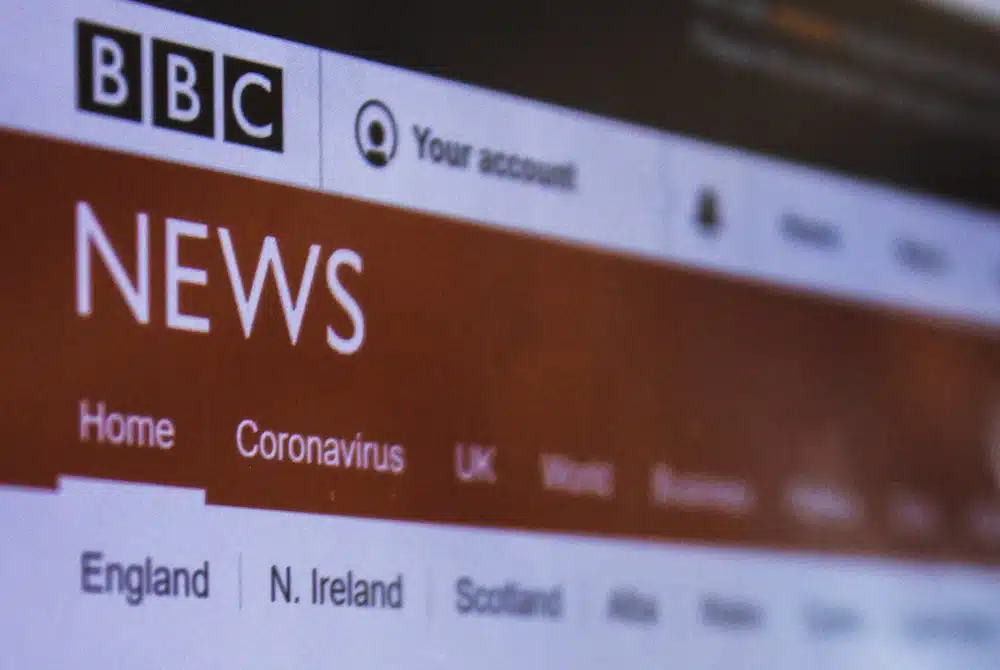How to communicate in the age of COVID-19
Posted by IMIX on March 26, 2020Emma Harrison shares advice for how to communicate during the pandemic so your message gets heard.
Getting your message through to the right person in a timely, relevant way has never been more important as our government is now learning. What we say now could define the way in which we operate in future so take some time to think about what you want to say, as the cliché goes, this is a marathon not a sprint. With all that in mind, here are our tips on getting your message across.
1. Keep it simple
Whether you’re trying to persuade the government to change policy or share up to date information with client groups, concise and clear messages always work best in times in crisis.
Those working in government, will not only be worrying about family, friends and the future, but will be on the receiving end of thousands of emails, letters and calls asking for the government to take action. We can make it easier for the right decisions to be made by working together to provide coherent briefings and identifying what needs to happen now to help the whole community.
With client groups and the people we work alongside we should, where possible, provide advice and information in their own language, you can download these fab resources from Doctors of the World or the NHS. For some of us, pictures make more sense, these resources from Inclusion Europe are really helpful in helping explain COVID-19.
2. Use the right channels
When things are changing rapidly it is as important to think about how you are communicating as well as what you’re telling people. There is a good reason that the government has finally started sending SMS alerts, the messages they were issuing through mainstream and mass media were not cutting through.
Twitter is a great broadcast tool, but if you need to get up-to-date, accurate information to people; a text, phone call or WhatsApp message works better. As highlighted, for many visuals work better and are more effective at getting important information across – so think about using images.
3. Be generous
Our strongest response to this crisis is a collective one. If someone is offering a service you are not, signpost your supporters and clients to them. If you don’t have an answer to a query, recommend an organisation that can help.
4. Focus on positive solutions
Right now, is the time for pragmatic, workable solutions to the immediate problems we are all facing. While we all have big, ambitious advocacy priorities, we should be focusing on how to join the global effort in managing the impact of COVID-19. We need to offer up solutions that are good for our communities and morally the right thing to get more traction with a government struggling to juggle many priorities (check out this advice from Frameworks Institute).
5. Combat negative narratives
Crises can bring out the best and worst in people. The best should be spotlighted and celebrated (see below) but we must not shy away from tackling the worst in people too. Commentary and narratives which stoke fear and blame on others must be countered. Check out the guidance from Anat Shenker-Osorio on how to do this.
6. Share stories of community support
The global pandemic is being felt at a very local level, we’re already seeing people organising at the grassroots. The COVID-19 Mutual Aid groups are coming together up and down the country, helping communities feel they can do something. As we move from immediate response to a ‘new normal’ people will be looking for hope and these stories should be told. Who are your community heroes? How you can inspire others with what they are doing? Stories like this one about a refugee family in Canada who are giving back to the family which sponsored them will give temporary relief.
7. Talk
To friends, families, colleagues and neighbours. It might not change the situation, but it will be more bearable and help us lay the ground work for a better future. Together we will get through this.




